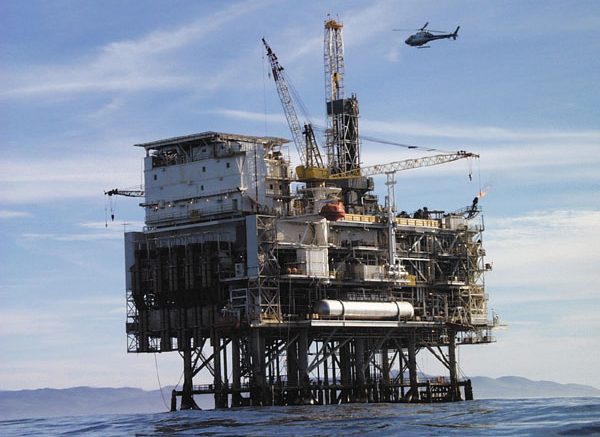Mining’s latest pivot means adjusting to a higher-cost world


Mining was one of few industries that saw relatively little disruption at the start of the global Covid-19 pandemic in March 2020. And although miners endured commodity price volatility, they enjoyed low or stable costs in the early part of the pandemic (remember the first-time-ever negative oil price of April 2020, when West Texas Intermediate went down to -US$37.63 per barrel?).
Lower input costs — as well as cost control eff orts by miners — led to record profits, share buybacks and beefed up dividends to shareholders. But inflation has returned. Last year, a combination of Covid stimulus funds, supply chain stresses, pent-up demand and a loosening of Covid restrictions pushed inflation rates in the U.S. to 7%, up from 1.3% in 2020. In January — before the Ukraine war started — U.S. inflation reached 7.5% — its highest level in 40 years. (The inflation rise has been more modest in Canada — from 0.7% in 2020 to 3.4% in 2021, but according to the World Bank, high inflation is widespread, with 15 of 34 countries classified as advanced economies experiencing 12-month inflation of above 5% last year).
And then on Feb. 24, Russia attacked Ukraine — pushing commodities prices to record highs and fanning inflation higher.
At the mine site, the costs of key inputs have risen dramatically from their 2020 pandemic lows, when Covid lockdowns caused a period of deflation. In a mid-March research report, Big Global Miners — 3 Big Issues: Growth, Future Portfolios & Costs, Bank of America highlighted a 350% rise in fuel (Brent crude); a more than 600% increase in sulphuric acid (in Chile); a 300%-plus increase in steel; and a 400%-plus increase in spot LNG in Europe from their lows two years ago to recent highs.
While central banks are finally starting to raise rates to combat inflation (the U.S. Federal Reserve raised rates in mid-March by 0.25% to 0.5% — the first rise since 2018 — and the Bank of Canada did the same in early March), they may now be forced to move more cautiously to balance the added economic and political risk and uncertainty introduced by the Ukraine war.
Comments